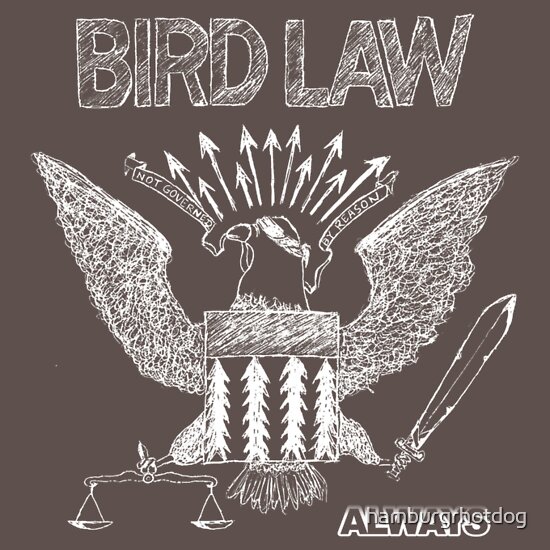(Image from 7th Circuit website)
Although this blog post is not about environmental law, it touches on a major funding source for environmental cleanups: insurance. Insurers often contest coverage by claiming that a late notice defense precludes coverage. Last week, the 7th Circuit provided further support for Indiana's policyholder-friendly late notice prejudice analysis.
The late notice prejudice analysis in Miller v. Dilts, 463 N.E.2d 257 (Ind. 1984) was recently supported
by a well-reasoned decision from the 7th Circuit. In Nat’l
Union Fire Ins. Co. of Pittsburgh, Pa. v. Mead Johnson & Co. LLC, Nos. 3:11-cv-00015RLY-WGH,
3:11-cv-00161-RLY-WGH (7th Cir. Oct. 29, 2013), Mead Johnson’s
insurance policies required it to notify its insurer “as soon as practicable”
after a claim. Mead Johnson, however,
did not notify its insurer of a false advertisement lawsuit until after it had
lost a $13.5 million jury trial. Even
though Mead Johnson “failed inexcusably to comply with the notice provisions in
its liability insurance policies,” the 7th Circuit reaffirmed that unreasonably
late notice only “create[s] a presumption of harm.” Mead Johnson at 7. The
burden then shifts to the policyholder to produce “some evidence” of no
prejudice from the late notice. Id. When the policyholder does so, the burden
shifts to the insurer to produce evidence of actual prejudice. Id. at 9. The court held that because the insurer produced
no evidence of prejudice, summary judgment for the insurer was reversed and the
case remanded for further proceedings. Id.
Judge Posner, writing for the 7th
Circuit concluded that the Indiana Supreme Court would not approve the holdings
of two Indiana Court of Appeals decisions that had formed the basis for the
trial court to erroneously hold that the presumption of prejudice from late
notice can be irrebuttable. Id. at
10. In Allstate Ins. Co. v. Kepchar, 592 N.E.2d 694, 699 (Ind. Ct. App. 1992)
(involving a motorcycle accident) and Milwaukee
Guardian Ins., Inc. v. Reichhart, 479 N.E.2d 1340, 1343 (Ind. Ct. App.
1985) (involving alleged negligence in clearing a drainage ditch) the Indiana
Court of Appeals held that the failure to provide notice until after the
underlying suit was tried deprives an insurer of the opportunity to make
decisions regarding the conduct of the trial and justifies a finding of
prejudice as a matter of law. Kepchar,
592 N.E. 2d at 699–700; Reichhart,
479 N.E.2d at 1343. The 7th
Circuit held the deprivation of the right to control the defense “is not a
tangible injury . . . nor, if the insurer could have done no better in managing
the defense at trial than the insured did, even a cause of injury.” Mead Johnson at 10.
“There is no indication that the
Indiana Supreme Court will retreat from its position that the presumption of
harm to an insurer from untimely notice is rebuttable.” Id. at 10–11. “Indiana law,
as stated in the Miller case, holds
to the principle that if an insured inflicted no cost on his insurer by
untimely notice, with the result that the insurer lost nothing by virtue of the
untimeliness, then to allow the insurer to reject the insured’s claim would
confer a windfall on the insurer.” Id.
at 11. “In effect the insurer would be
awarded damages equal to the insured’s claim even though the insurer had not
been injured at all.” Id.
If you have any questions about this decision or any other insurance coverage questions, please do not hesitate to contact me or any of the insurance lawyers at Plews Shadley Racher & Braun LLP.






.jpg)
